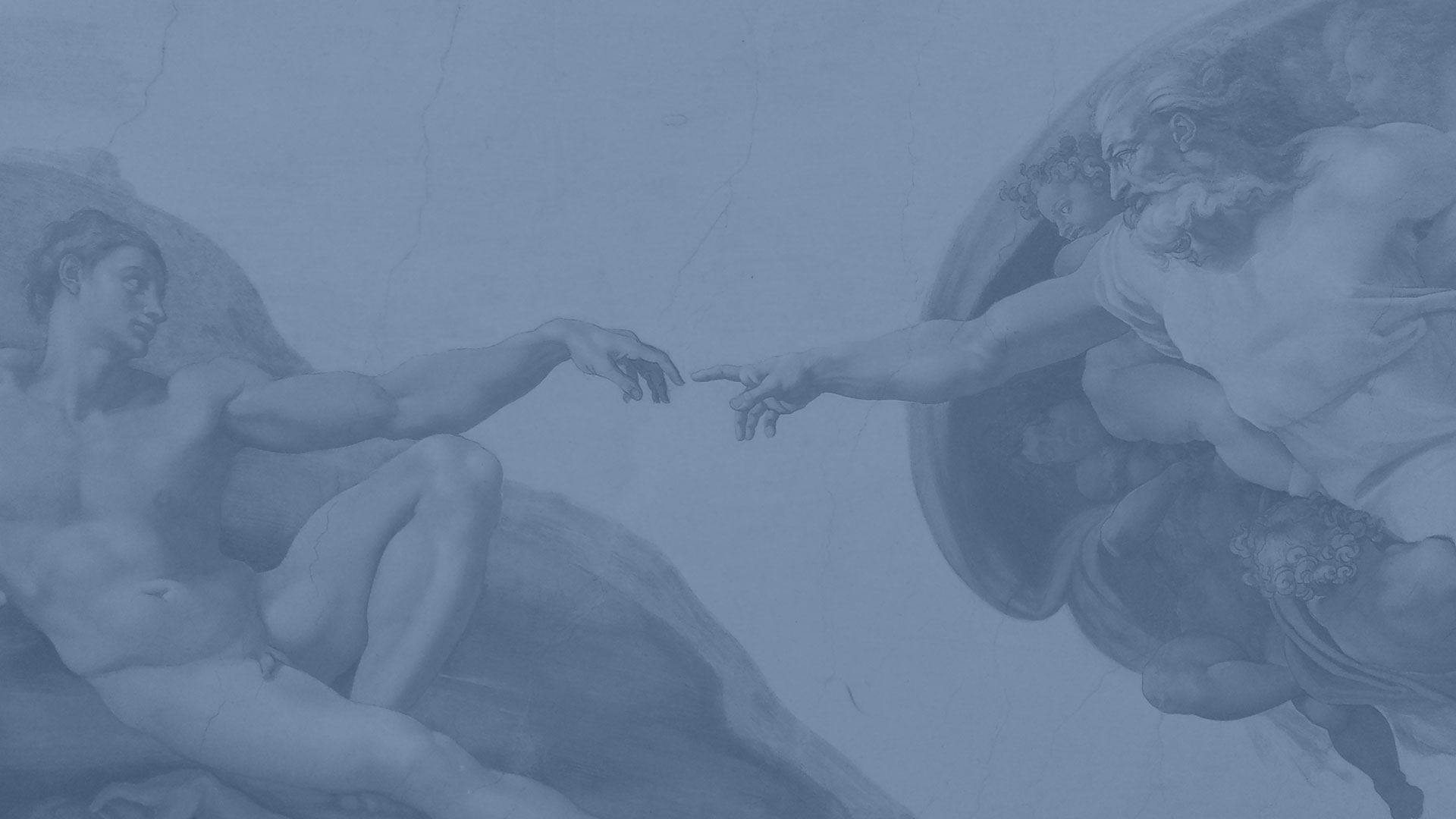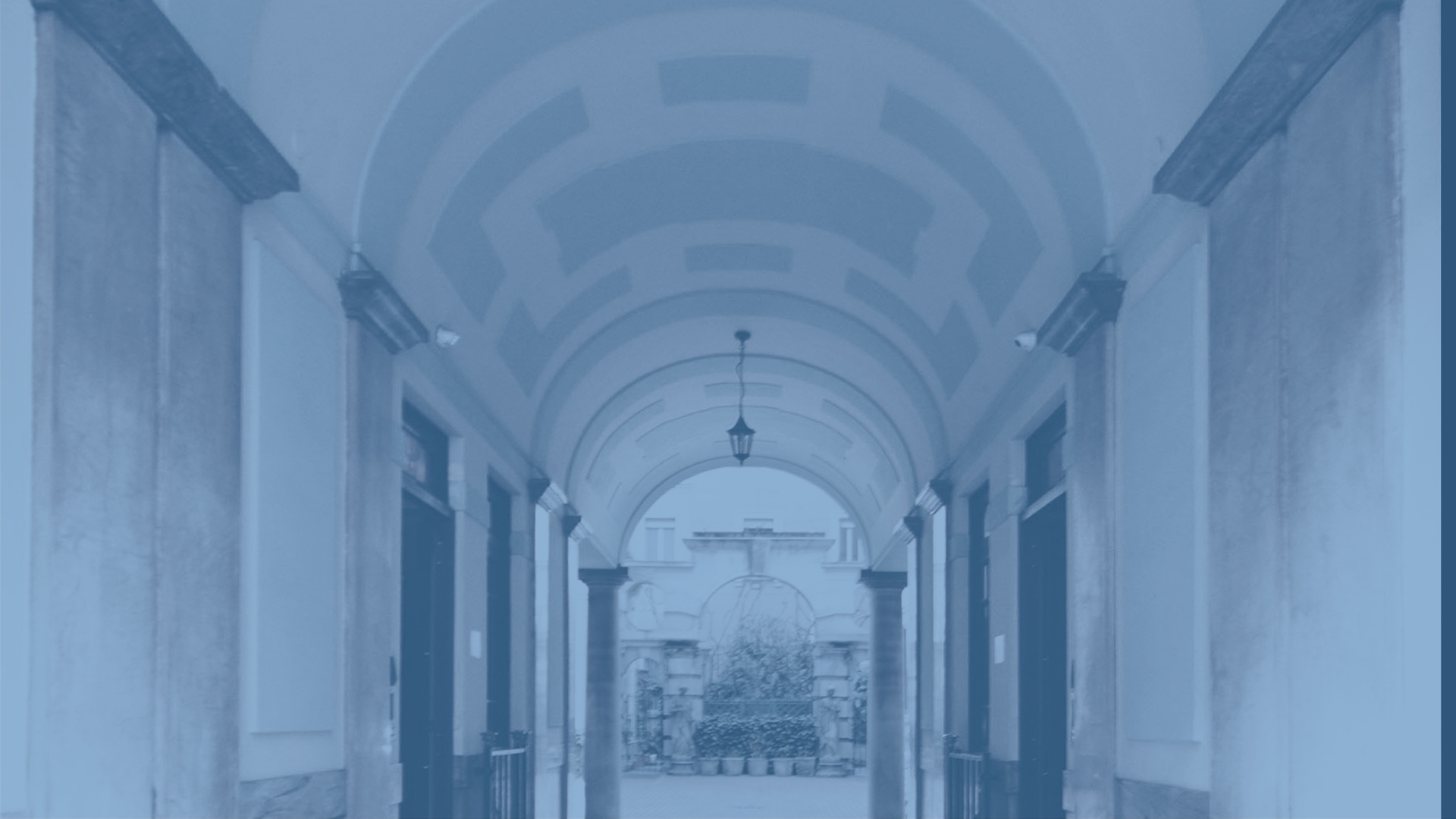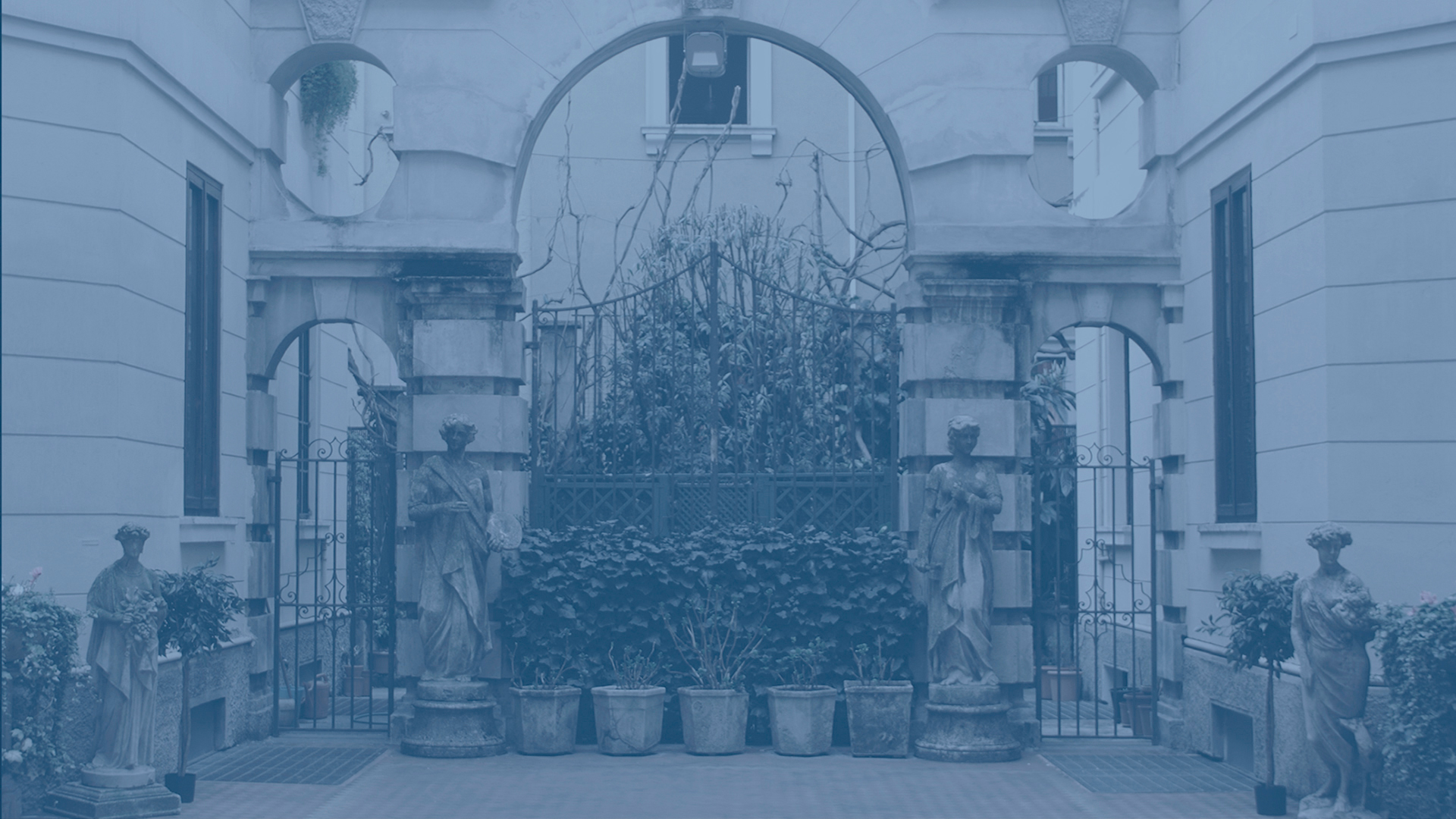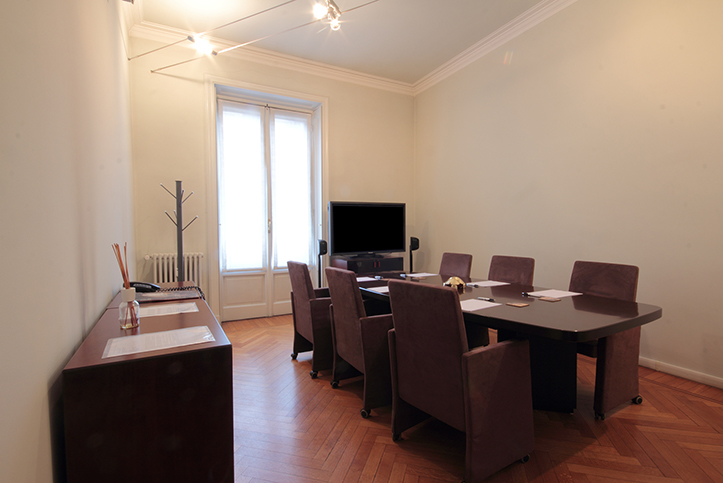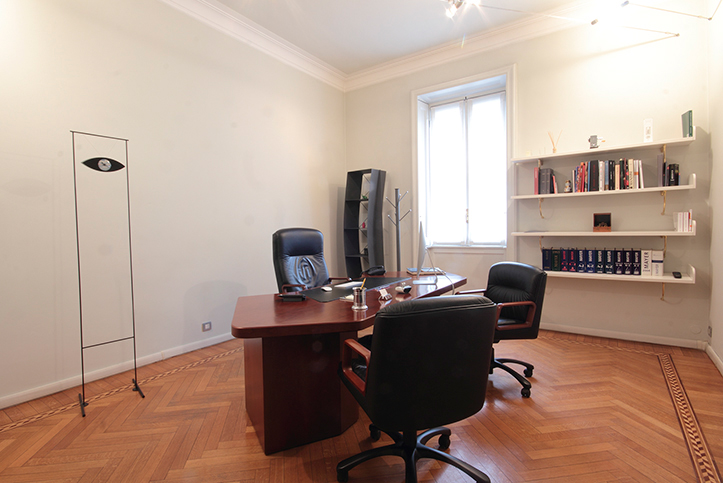Bank of Art deals with the Conservation and Valorization of the artistic heritage of private collectors and public institutions (e.g. museums and foundations).
It plays a role of qualitative filter, guarantor and responsible in the sale, purchase, appreciation and evaluation of works of art of all historical periods.The authenticity, the provenance, the state of preservation and the history of an artwork are the primary elements which we are working on, in order to optimize the sale or purchase.
ART ADVISORY and ART INVESTMENT are our core business, taking into account the field of collecting and the perspective of diversifying the investments.
OUR HISTORY
Bank of Art was born from an innovative project in the Art World.
Our mission is to provide a professional support to top collectors in their purchase choices, through a team of experienced operators and a scrupulous method based on the active monitoring of the art market. Thousands of active references with archives, foundations and experts all over the world, allow us to deepen our knowledge in the pre-purchase or pre-sale phase. Over the years, our brand has become synonym for guarantee and reliability.
For a long time, we have been analysing the art market in order to identify the areas that will become more interesting and the best artists to invest in. Art as an alternative investment to other assets has always been our operational trend.
OUR SERVICES
Through our highly specialized services, we offer professional support and guidance to top investors and top collectors, helping them in building, managing and enhancing their art collections.
Evaluation
of works of art
Digital cataloguing
of art collections
Art
archive
Authentication
of works of art
Supervision of the restoration
and diagnostics
Insurance coverage,
logistic and storage
Buying
and Selling art
Fiscal and
legal optimization
Creation, management and valorization
of private and corporate collections
Conservazione
Lo stato di conservazione di un’opera d’arte, in modo particolare nell’antico (senza escludere certe opere moderne e contemporanee ) diventa uno degli elementi di massima importanza nel determinarne il valore economico.
Certamente questa è una delle ragioni per le quali il come conservare un’opera ed anche il dove, diventano un fattore basilare per consentire la crescita del suo valore nel tempo.
Se invece un’opera necessita di restauro, è fondamentale come si interviene piuttosto che chi interviene, poiché spesso un intervento di restauro o di pulitura può danneggiarla ulteriormente e irrimediabilmente.
Bank of Art ha condotto un’indagine valutativa sul territorio per identificare attraverso filtri di qualità quali possono essere le strutture ( per curricula, strumentazioni, profili professionali) in grado di intervenire correttamente su diverse tipologie di arte, sia in tema di restauro che di diagnostica applicata. Ricoprendo cosi un ruolo di vigilanza sulle corrette applicazioni e metodiche.
Il fine può essere quello di costruire elementi che contribuiscano a creare valore:
la diagnostica nella direzione dell’identificazione della materia di un periodo storico, piuttosto che di un maestro.
Oppure di frenare il depauperamento del valore di un’opera intervenendo con un restauro conservativo.
Preservazione
Preservare un’opera d’arte attraverso la copertura assicurativa a tutela del suo valore è un elemento imprescindibile nell’applicazione del concetto di arte come investimento.
L’analisi puntuale e corretta di una polizza assicurativa All Risk, può essere una risposta.
Bank of Art ha consolidato esperienze in tal senso ed è in grado di sovrintendere affinché si scelgano le soluzioni più corrette, anche da un punto di vista economico.
Valorizzazione
Il percorso di valorizzazione di un oggetto artistico è denso d’avvenimenti, di scoperte, di storia ricostruita o proiettata nel futuro ( nel caso di opere contemporanee).
La diffusione della conoscenza non solo in senso divulgativo, accredita valore oltre che significati a quanto è preso in esame.
Un’opera portata al cospetto di un pubblico vasto e internazionale attraverso una mostra, può notevolmente accrescere il suo valore di mercato.
Più è ricco e articolato il suo curriculum, più l’opera assume credenziali e di conseguenza valore.
La pubblicazione all’interno del catalogo ragionato di un determinato artista, è poi forse uno degli elementi più pregnanti che concomitano a determinare il valore di un’opera o ad incrementarlo.
L’elemento storico inerente la provenienza documentata di un oggetto d’arte (Es. provenienza: Collezione Thyssen Bornemisza) può conferire certamente maggiore fascino all’oggetto ma indubbiamente concorre a determinarne significativamente il valore.
Tutti questi aspetti sono elementi con cui Bank of Art si confronta quotidianamente attraverso i propri storici dell’arte, piuttosto che l’interazione con delle banche dati interne (abbiamo una banca dati con riferimenti a più di 5000 critici, storici, studiosi suddivisi per periodo, artista, ecc).
L’obiettivo è di far crescere il valore delle opere per le quali i nostri committenti ci affidano l’incarico, il tutto con rigoroso rispetto della privacy e del concetto di riservatezza.
È chiaro infatti che se l’obiettivo sarà di vendere l’opera, attraverso un percorso di valorizzazione, il valore di mercato finale diventerà sensibilmente più elevato.
Art Advisory
We assist the customer in every aspect of analysis and investigation to allow the optimization of buying and selling value of a work of art. Critical historical evaluations, market comparisons, analysis of the state of preservation, are the focus of our work. Moreover, the specificity of our intervention is linked to the active monitoring of the relative market, in order to define a suitable fair price for both purchase and sale. In fact, each purchased work begins a process also in terms of economic evaluation and an unwise purchase is not only due to the lack of authenticity, but also to the proper price or state of preservation. On the other hand, an improper sale is often represented by an inappropriate price compared to the market.
Art Investment
Art is an alternative investment by definition. For some time now, in fact, in the assets of HNWI (High Net Worth Individuals), who have invested over $5 million, art is present with a rather significant percentage. Therefore, it would be appropriate to carry out the necessary market analysis before each purchase to establish the correct price, obviously considering the time horizon of the investor and his inclination to risk.
That is what we actually do in the specific area of art investment.
Subsequently, it is essential to monitor the portfolio of works, both in terms of trading and risk assessment. Once again, it’s fundamental a professional profile like ours, with adequate expertise, in order to allow the right timing.
A work of art and an artist, in most cases, can be evaluated and updated in terms of value, also according to the supply and demand of the market.
There are some benchmarks, but necessarily each work, even by the same artist and perhaps the same subject or period, has a proper evaluation, depending on some specific elements that connote its uniqueness. From a technical point of view, art can be considered anti-cyclical compared to the usual cycle of traditional financial assets, for example. For this reason, it is recommended to invest in art, in a correct perspective of asset diversification.
This is normally done with the advice and expertise of specialized structures such as Bank of Art. In this specific sector, our typical interlocutors are family offices, wealth management companies, private bankers, art investment funds and those who intend to diversify the investment portfolio by including the work of art. This is obviously a taylor made service and requires in-depth analysis in order to establish specific investment timing and goals.
SUBSCRIBE TO THE NEWSLETTER
The three criteria of a work of art: harmony, intensity, continuity.
(Arthur Schnitzler)
Information and contacts
Viale Bianca Maria, 19 – 20122 Milano
Email: info@bankofart.com
Phone: +39 02 36569073
Fax: +39 02 36569071





